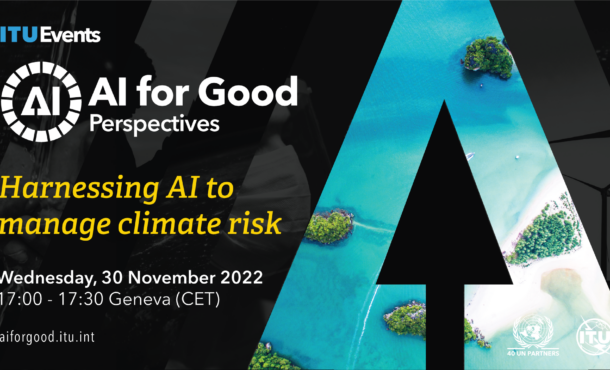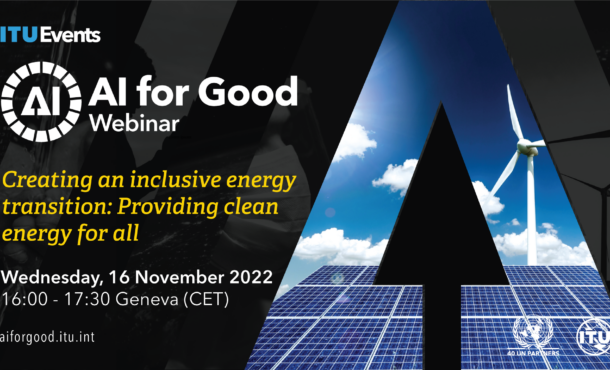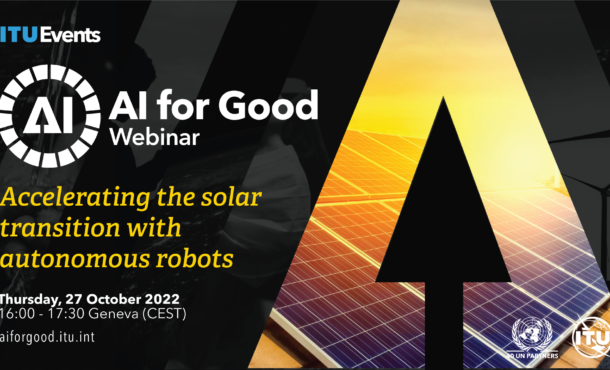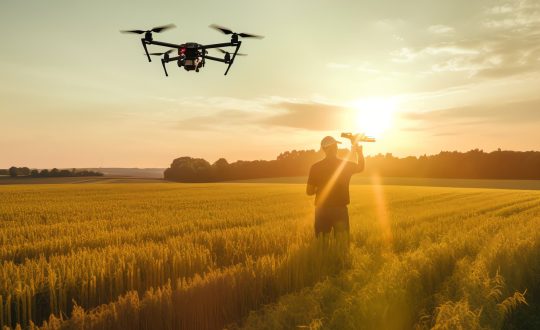AI energy bill of extreme-scale language models and the future of ‘Green AI’
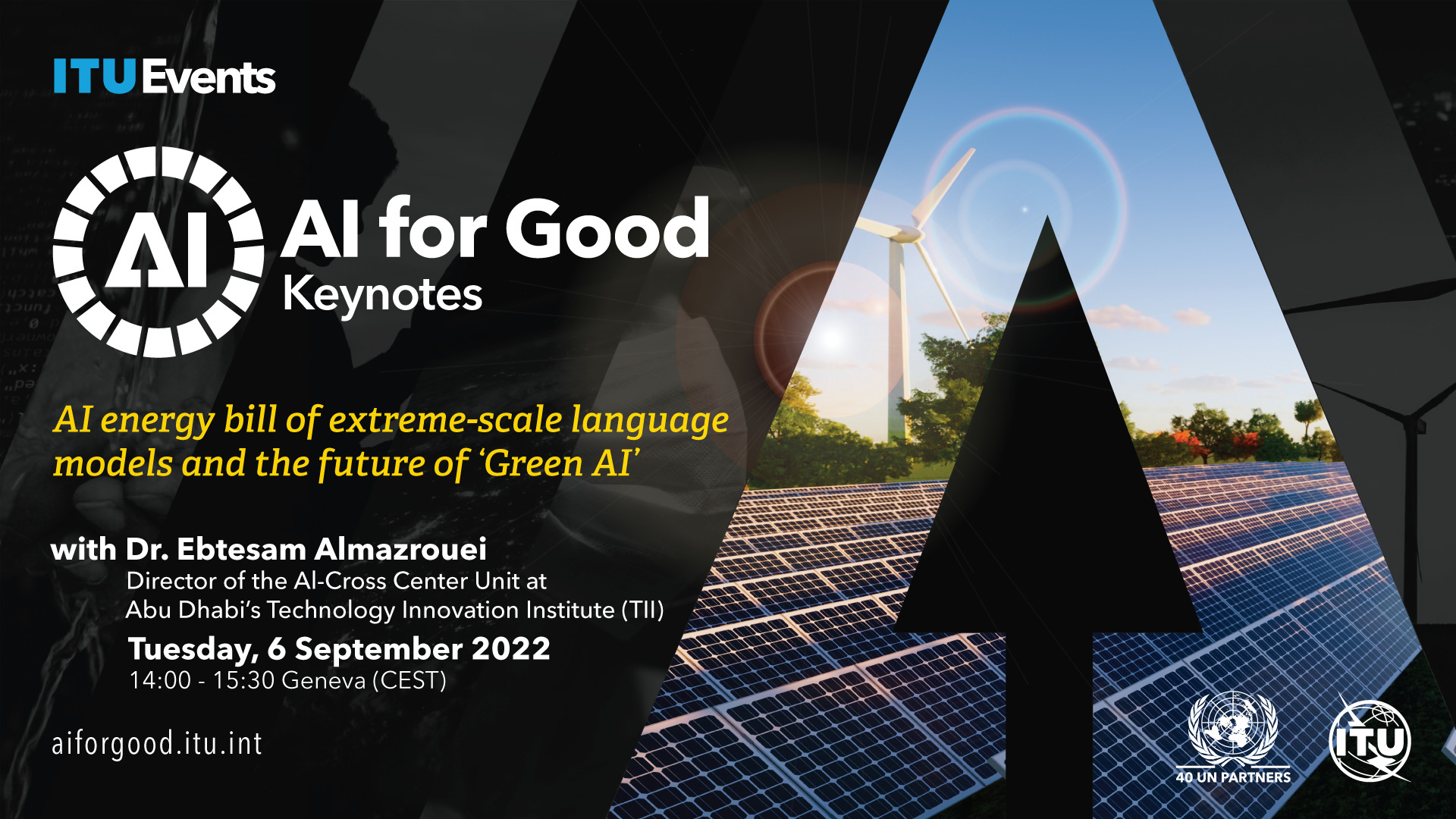
* Register (or log in) to the AI4G Neural Network to add this session to your agenda or watch the replay
Artificial Intelligence (AI) applications and technologies are gaining uptake globally, serving as the catalyst for significant digital advancements in almost every industry. However, with soaring global carbon emissions and record heat waves, the role of AI as a contributor to emissions can no longer be overlooked. While the industry’s focus has been on improving accuracy or creating new algorithmic methods, consuming substantial amounts of data to build ever more complex models, the reality is that high-profile advances in AI have staggering carbon footprints attached to them.
As the world moves towards post-pandemic recovery, organizations and governments are now looking to the transformative power of AI to reduce the impacts of the climate crisis, predominantly through ‘Green AI’. Green AI refers to AI research and technologies that yield results while consuming less resources with the ultimate aim of enhancing environmental sustainability.
This AI for Good Keynote hosts world leading researcher Dr. Ebtesam Almazrouei, Director of the Al-Cross Center Unit at Abu Dhabi’s Technology Innovation Institute (TII), to discuss the critical interplay of AI technology and the environment. She will discuss the move towards Green AI and the need to prioritize energy efficient AI systems.
Research has indicated that AI could be an enabler – and drive up to 93% of the United Nations’ Sustainable Development Goals (SDGs). This includes the creation of smart and low-carbon cities, the development of advanced IoT devices and appliances to modulate the consumption of electricity, and deeper integration of renewable energy through smart grids. With that, Green AI can be a net positive contributor to environmental sustainability in several sectors, including agriculture, transportation, and energy.
As part of TII’s latest efforts to advance Green AI, the AI Cross-Center Unit conducted a holistic assessment of the carbon footprint of NOOR, the world’s largest Arabic NPL model to date. The study outlined key recommendations, that if implemented effectively, could help vastly reduce the carbon footprint of extreme-scale models and accelerate the deployment of Green AI.
Accelerating the future of energy efficient AI systems will require a change in mindset surrounding a crucial question: “How much more can we do with less?” It must also recognize the trade-off between model accuracy and efficiency and the model’s carbon footprint by promoting a more holistic and multidimensional model evaluation to ensure AI plays a positive role for people and the planet.
This live event includes a 30-minute networking event hosted on the AI for Good Neural Network. This is your opportunity to ask questions, interact with the panelists and participants and build connections with the AI for Good community.







